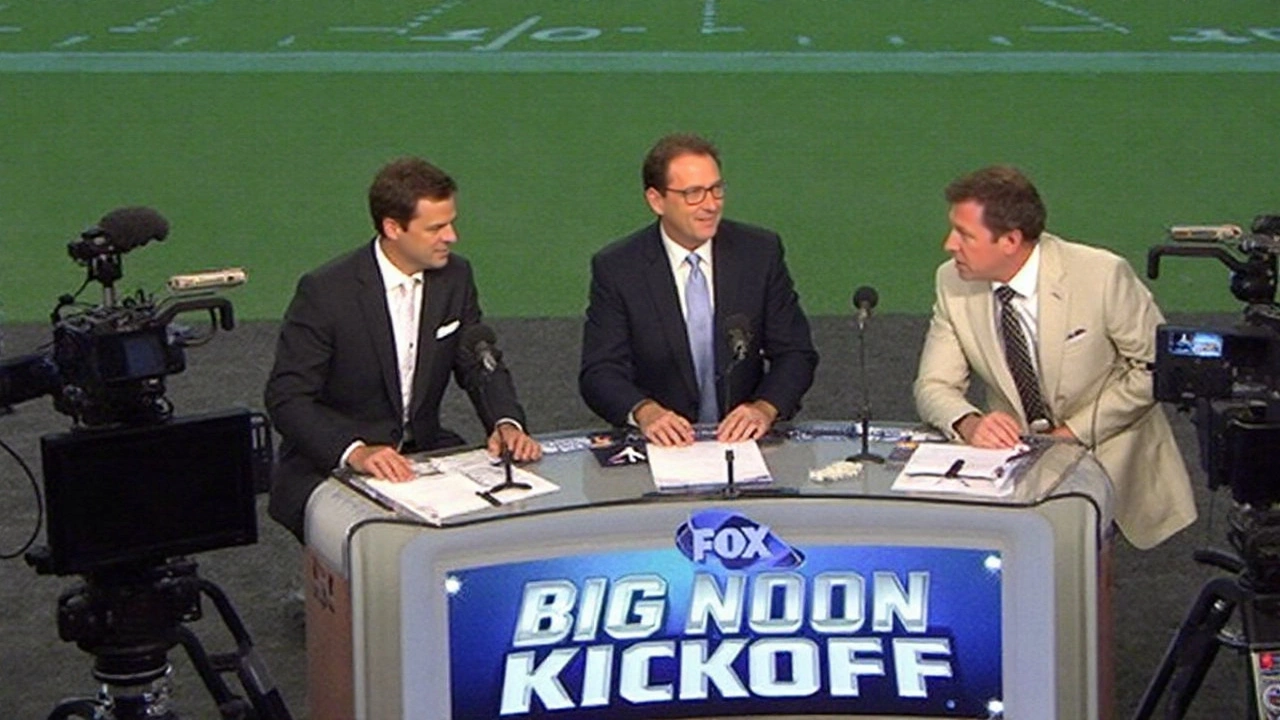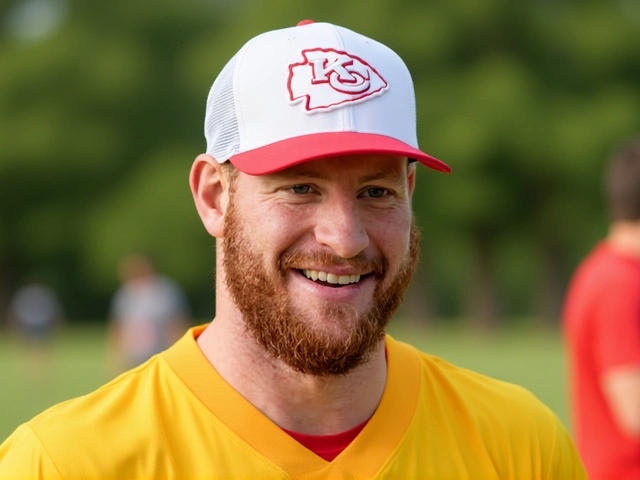
A small fee, a big shift: C-SPAN returns to millions of streamers
Eighty-seven cents a year. That’s the per-subscriber fee that just put Congress back in front of millions of streaming households. After years on the sidelines of live TV bundles, C-SPAN has struck carriage deals with both YouTube TV and Hulu + Live TV, ending a standoff that squeezed the network’s budget and visibility in the cord-cutting era.
Starting this fall, YouTube TV will add all three channels—C-SPAN, C-SPAN2, and C-SPAN3—to its base package. Hulu + Live TV will also carry the flagship channel under a separate agreement announced this week. The services will pay the same rate as traditional cable and satellite providers—about 87 cents per subscriber per year—and C-SPAN says its TV feeds will remain free of advertising.
The agreement goes beyond carriage. YouTube will sponsor the network’s coverage of “America 250,” the nationwide events marking the 250th anniversary of the country’s founding in 2026. The company will also invest in optimizing C-SPAN’s presence on the main YouTube platform, expanding access to clips, archival programs, and event coverage for viewers who prefer on-demand viewing.
This is a practical fix to a growing problem. A decade ago, C-SPAN reached about 100 million TV homes. Today that universe is closer to 70 million. Roughly 20 million households get channels through live TV streaming bundles like YouTube TV and Hulu + Live TV—yet until now, many of those bundles didn’t include C-SPAN. That gap meant less carriage revenue and fewer casual viewers stumbling onto gavel-to-gavel coverage of Capitol Hill.
Sam Feist, C-SPAN’s chief executive, has been blunt about the stakes. Earlier this summer, he said landing on the two major live TV streamers would help close the network’s budget gap. With the deals done, the network gets the reach it lost as cable shrank and the steady income that comes with it. If you run the rough math, 87 cents a year across about 20 million streaming households could mean tens of millions of dollars in fresh annual revenue—modest in TV terms, but pivotal for a nonprofit service built on low fees and high access.
C-SPAN’s funding model is unusual by design. Since its 1979 launch, the network has operated without government money, relying primarily on license fees from distributors. It doesn’t program for ratings, and it doesn’t run ads on its TV channels. The value proposition is transparency: unfiltered access to federal proceedings and public-affairs events, including the moments when the official government feed goes dark. C-SPAN uses its own cameras inside the Capitol, which means its coverage often continues when other signals are cut.
That mission also explains why Congress jumped in. Earlier this year, lawmakers passed a bipartisan resolution urging YouTube’s parent Alphabet and Hulu’s owner Disney to add C-SPAN to their live TV bundles. The measure, introduced by Sens. Chuck Grassley (R-Iowa) and Amy Klobuchar (D-Minn.), sailed through unanimously in June on the 39th anniversary of C-SPAN2’s first Senate broadcast. The message was simple: all TV providers, including streaming services, should carry the network that shows the public what Congress is doing in real time.
Without carriage on the biggest streaming bundles, lawmakers and committees were losing airtime. Hearings and floor debates were harder for viewers to find unless they still had cable or followed fragmented livestreams. For a network built around full-session coverage rather than highlight reels, missing from the modern living-room guide was a problem that YouTube and Hulu were uniquely positioned to solve.
There’s also a generational angle here. YouTube’s main platform is where younger audiences already go for news clips, context explainers, and deep dives. Optimizing C-SPAN content on that platform—clean metadata, smart playlists, timely cuts from long hearings—makes its archive and live moments easier to discover and share. Expect more topical snippets alongside the long-form coverage that has always been C-SPAN’s core.
For viewers, the practical changes are straightforward:
- YouTube TV subscribers will find C-SPAN, C-SPAN2, and C-SPAN3 in the base lineup this fall.
- Hulu + Live TV will add the main C-SPAN channel on a similar timeline.
- Channels will be available through the services’ cloud DVR features, which means you can record, rewind, and watch later.
- On YouTube’s main platform, you’ll see more clips and curated collections from C-SPAN’s archive and live events.
On cost, the impact for platforms is minimal. The 87-cent annual fee—less than eight cents a month—matches what cable and satellite providers already pay. That parity matters. It signals that live TV streamers (often called “vMVPDs” in industry jargon) are being treated like traditional distributors when it comes to carriage terms, a sign that the lines between old and new TV have largely disappeared.
For C-SPAN, stability is the real win. Carriage fees, not ads or splashy sponsorships, keep the lights on. YouTube’s America 250 sponsorship will help underwrite a sprawling slate of events tied to the nation’s semiquincentennial, but the day-to-day budget depends on that small per-subscriber check arriving on time from every distributor. Adding two of the biggest streamers makes that flow steadier.
The timing also matters. The next two years will bring high-profile hearings, party conventions, budget battles, and the run-up to the 2026 America 250 programming. With broader reach on the biggest living-room streaming bundles, more people will stumble into a committee markup, a floor vote, or a call-in show and stay long enough to understand what’s happening, not just react to a clipped soundbite.
Feist framed the moment as both pragmatic and mission-driven: “For nearly half a century, C-SPAN has partnered with cable and satellite providers who recognize the value of our important public service. We now look forward to working closely with YouTube to bring C-SPAN’s unfiltered coverage of the democratic process to millions more Americans.” That “unfiltered” line is the brand promise—and the reason the channel still matters in a world overloaded with commentary.
It’s also a reminder that in public-affairs media, distribution is destiny. Being absent from a major guide means being invisible to casual viewers who surf during big news days. By restoring parity across cable, satellite, and live TV streaming, this deal puts C-SPAN back where it has always been most useful: in the same grid as sports, sitcoms, and everything else people watch at night, ready when a vote goes long or a hearing gets heated.
The YouTube partnership extends that reach beyond the TV grid. Younger audiences may never sit through a four-hour hearing, but they will watch a sharp, clearly labeled two-minute exchange if it’s easy to find and share. That’s where better curation and platform investment can matter more than any single programming change.
For platforms, the calculus is simple: a tiny fee, no messy ad-sales complications on the C-SPAN channels, and goodwill with viewers and policymakers. For Congress and the public, the payoff is access. When a debate runs late or a committee chair gavels in early, the coverage will be there—live, continuous, and searchable afterward.
After years of cord-cutting erosion, this is one of those rare media stories where everyone gets something they wanted. Streamers fill a civic gap. A nonprofit gains stable footing. And viewers get a clearer window into how government actually works, without filters or forced breaks.



